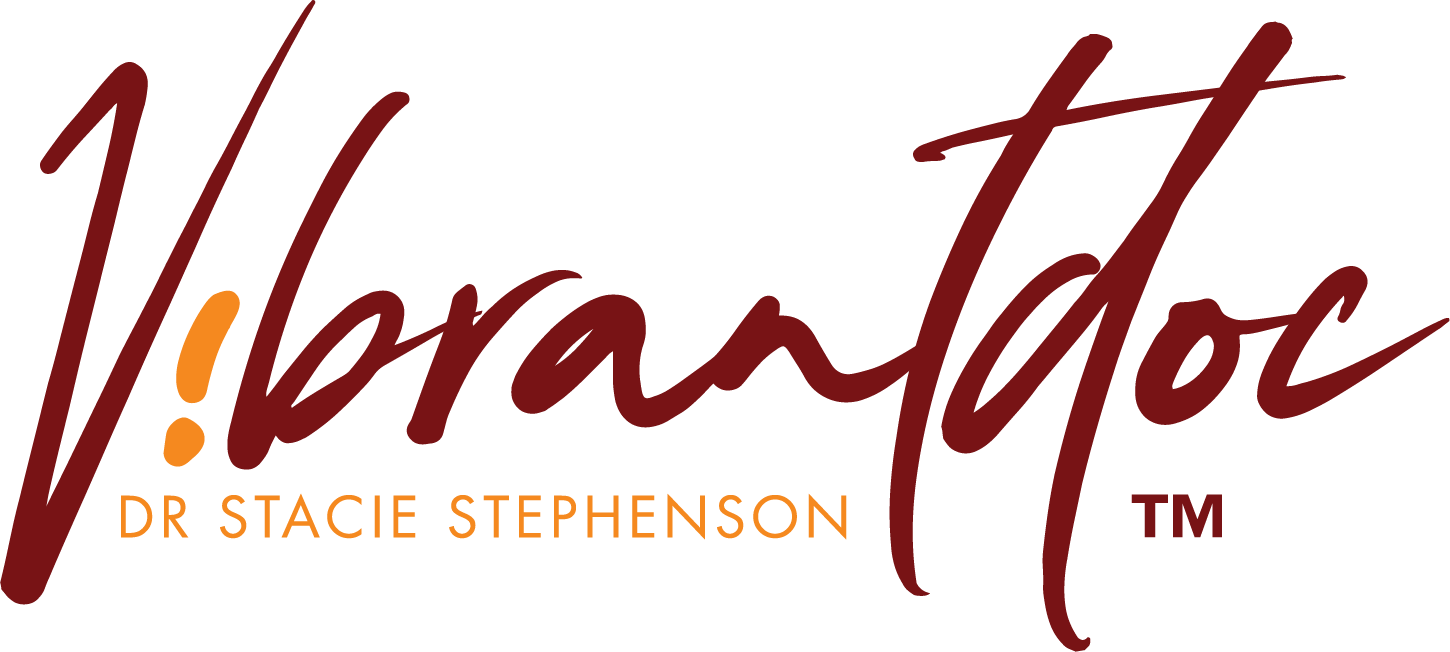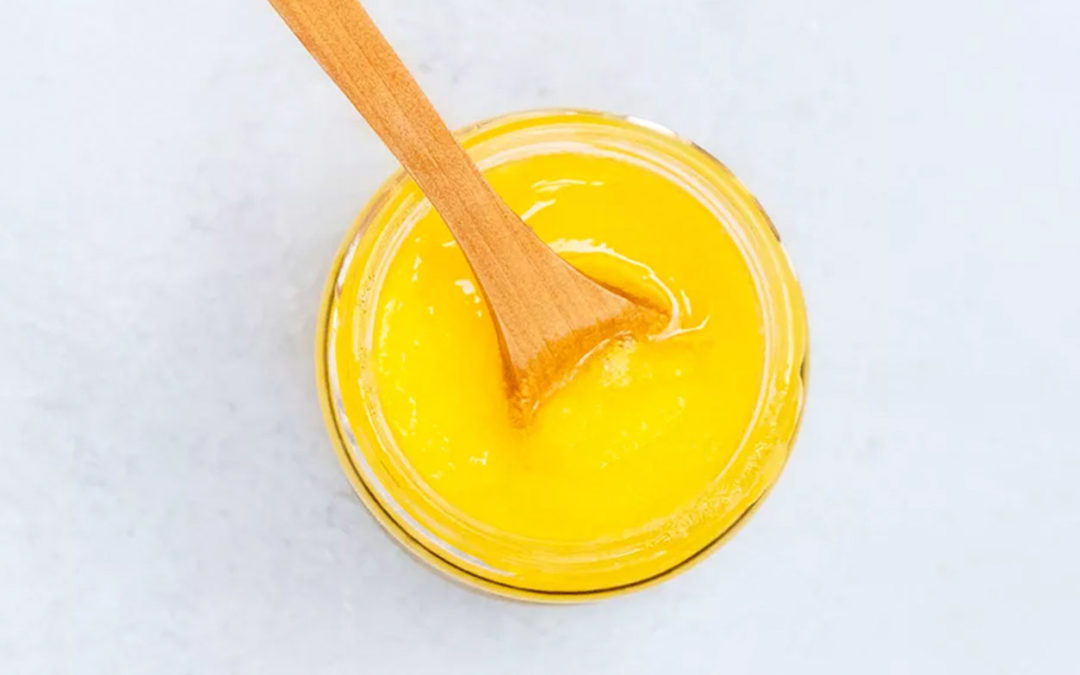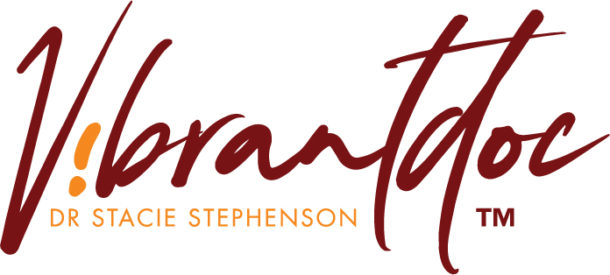Image Credit: EM / GETTY IMAGES
First off, let’s clear up the one question everyone is probably wondering right now… What in the world is ghee? “Ghee, like butter, is made from whole cow’s milk, but the milk solids are removed so it is essentially butter oil,” says nutritionist Stacie Stephenson. It’s most commonly found in South Asian dishes, but has recently been making its way into the diets of healthy-conscious people everywhere. And it’s been linked to having many health benefits and healing powers. So if it looks like butter, tastes like butter, and smells like butter, can it actually be healthy? Keep scrolling to find out all the benefits of ghee!
Boosts Flexibility
Ghee’s “antioxidant and anti-inflammatory properties” may help to lubricate connective tissues, which increases your flexibility range and makes ghee the perfect butter alternative for yoga enthusiasts everywhere, says dietician Jenny Champion.1
Doesn’t Contain Lactose
Those who are lactose-intolerant, you may rejoice! “If it is properly prepared, ghee should not contain any lactose,” says Stephenson. “If you are intolerant to dairy products, you may be able to tolerate ghee because the sugars (especially lactose) and proteins (especially casein) are the two elements of dairy most people react to, and ghee should be free of everything but the fat.” Milk solids in dairy products are where the protein and sugars are found.
Can Be Made At Home
Preparing ghee at home is fairly straightforward. “You can buy ghee or make it yourself by gently warming butter in a saucepan on the stove, until the water evaporates and the solids rise to the top. Skim them off and you’ve got clarified butter. Continue to heat gently until it turns golden and you’ve got ghee,” says Stephenson.
Rich In Vitamins
Clarified butter is chock-full of healthy fat–soluble vitamins, like A, D, E, and K.2 These vitamins are responsible for promoting strong bone and vision health, as well as for boosting your immune system. “Fat-soluble vitamins are best absorbed with fat, so ghee is a good package for these important vitamins,” says Stephenson. Ghee is also rich in medium-chain fatty acids, which are absorbed directly through the liver, like carbs are, and burned as energy (which is a good thing).
Supports a Healthy Digestive Tract
Ghee is rich in butyric acid, a short-chain fatty acid.3 Intestinal bacteria convert fibers into butyric acids and then use them for energy and intestinal-wall support. By consuming clarified butter, you are as a result contributing to a healthy digestive tract.
Works Over High Heat
“Because ghee contains no milk solids, it’s better than butter for cooking over high heat. If you are going to cook with fat anyway, ghee may be a good choice because it adds that buttery flavor without the risk of burning the milk solids or oxidizing as quickly as some other oils,” says Stephenson.
Aids in Weight Loss
Clarified butter, especially when derived from grass-fed cows, contains the fatty acid conjugated linolenic acid (CLA) , which can assist in weight loss.4 “Some people do better eating lower fat to lose weight, and for these people, ghee probably won’t help. Others who do well on a higher-fat, lower-carb diet may find that ghee could aid with weight loss,” notes Stephenson. When substituting ghee for butter, it’s also important to consume it in moderation. While it is a much healthier alternative to regular butter, ghee is still fat.
Makes Skin Glow
In addition to all those great vitamins, “[ghee is] a source of antioxidants and fat that help keep skin glowing,” says Champion. The healthy fats will help bring moisture to the complexion, and ghee can even be topically applied to certain problem areas for more instant results.
Versatile for Cooking
There are so many ways to incorporate ghee into your diet: “Cook with it, add it to recipes in place of butter, use it as a spread,” says Champion. “I am a fan of ghee from a ‘treat’ perspective, and as a substitute for butter in recipes when there is no other good option because it has that buttery taste without the lactose and casein,” adds Stephenson.
Sources
- Sharma H, Zhang X, Dwivedi C. The effect of ghee (clarified butter) on serum lipid levels and microsomal lipid peroxidation. Ayu. 2010;31(2):134-140. doi:10.4103/0974-8520.72361
- Kumar M, Sharma V.I., Lal D, Kumar A, Seth R. A comparison of the physico-chemical properties of low-cholesterol ghee with standard ghee from cow and buffalo creams. Int J Dairy Technol. 2010;63:252–255. doi:10.1111/j.1471-0307.2010.00572.x
- Cleveland Clinic. Ghee: 3 reasons it’s a better butter for your belly. Updated September 29, 2016.
- Lehnen TE, da Silva MR, Camacho A, Marcadenti A, Lehnen AM. A review on effects of conjugated linoleic fatty acid (CLA) upon body composition and energetic metabolism. J Int Soc Sports Nutr. 2015;12:36. doi:10.1186/s12970-015-0097-4


